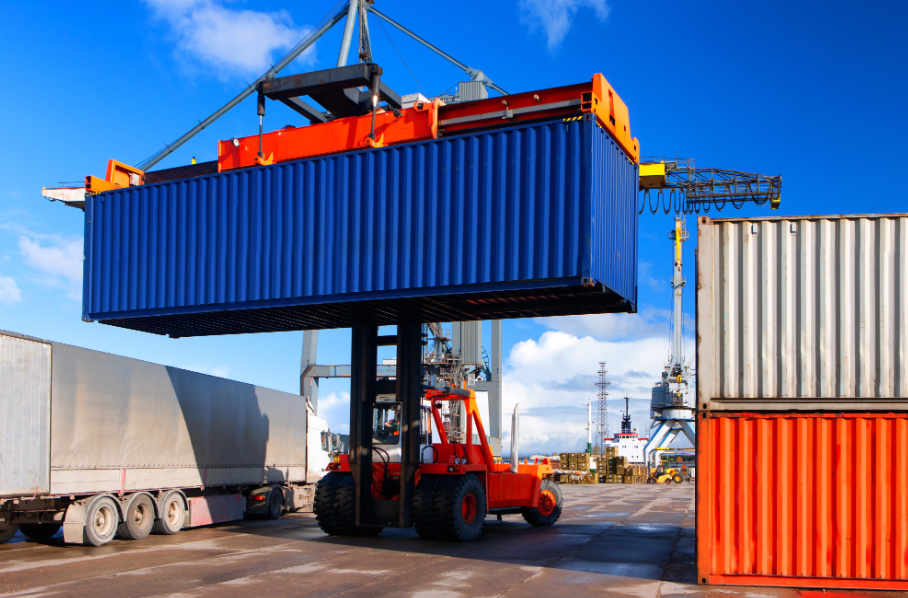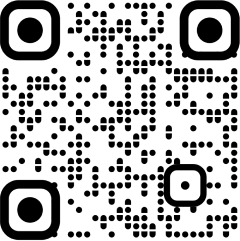
Steps such as curbs on inbound shipments of certain goods, production-linked incentive scheme and mandatory quality norms are helping the country reduce imports of non-essential products such as TV, tyres, wallpaper and AC gas compressors. These steps, among others like imposing antidumping and countervailing duties, have been taken to analyse and control non-essential imports and to augment domestic production capacity in import intensive sectors, an official said.
According to an analysis of the Commerce and Industry Ministry, import restrictions imposed on tyres helped cut the inbound shipments by 74% to USD 74 million in 2022-23 from USD 276 million in 2019-20. Calendar year wise, these imports declined to USD 36 million till July this year as against USD 353 million in 2018.
The government in June 2020 imposed import curbs on certain new pneumatic tyres used in motor cars, buses, lorries and motorcycles to promote domestic manufacturing and contain imports from countries like China.
Imports of wallpapers reduced by 77% to USD 10 million during April-August this year from USD 44 million in the same month last year due to the launch of paper import monitoring system (PIMS).
The ministry in October last year made import registration under PIMS mandatory for inbound shipments of 201 types of paper and paper boards such as wallpaper, glazed newsprint, handmade paper and tissue paper.
Under this, an importer has to provide advance information online about import of these papers and obtain a registration number. The government has a similar system for coal and steel imports.
Similarly, implementing quality control order (QCO) for footwear has helped in reducing the imports by 54% to USD 75 million during July-August this year from USD 163 million in the same period last year.
The order came into effect from July this year. It is aimed at containing imports of sub-standard goods and boosting local manufacturing.
According to an industry expert, imports of goods like sports footwear, sandals, and components like soles are coming down from countries like China, Taiwan, Vietnam, Hong Kong and Bangladesh.
Imports of AC gas compressors declined by 10% to USD 177 million during April-August 2023 as against USD 197 million in the corresponding period last year.
The production linked incentive (PLI) scheme for white goods (AC components and LED lights) was approved with an outlay of Rs 6,238 crore.
The official said that an inter-ministerial committee meets regularly to discuss ways to cut imports of non-essential goods.
“The commerce and industry ministry is sensitising other ministries to see areas where we have competitiveness and where we can increase our manufacturing and cut import of those goods,” the official added.
The sensitisation initiative is yielding positive results as information flow among different ministries and departments has started.
“The information flow is helping in analysing data and framing specific policy interventions like PLI,” the official said.
To cut imports, the government has increased customs duty on gold, imposed curbs on inbound shipments of television, levied minimum import price on some goods, introduced National Food Security Mission (Oilseeds and Oil Palm) Scheme, and blending of ethanol in oil.
The exercise is aimed at promoting domestic manufacturing of those goods where there is sufficient capacity within the country but are still being imported.
TV imports declined to USD 10 million during April-July this fiscal as against USD one billion in 2018-19.
Crude oil imports (USD 209.42 billion) accounted for over 29 % of India’s total imports in 2022-23, when it was USD 716 billion.
Containing these imports would help reduce the trade deficit, which has declined to USD 116 billion during April-September this fiscal as against USD 140.83 billion in the same period last year.
Imports during the first half of this financial year dipped by 12.23 % to USD 327 billion.
The country’s top import commodities include crude oil, gold, electronic goods, pulses, fertilisers, machine tools, and pharmaceutical products. The top ten merchandise import sources for India include China, the US, the UAE, Switzerland, Saudi Arabia, Hong Kong, Iraq and Germany.
High import bill pushes the trade deficit which in turn impacts the current account deficit. High imports also affect the country’s foreign currency exchange rates.
Import curbs have been recently imposed on certain IT hardware goods like laptops and computers, and QCOs have been issued on a number of goods like helmets for police force, water dispensers, door fittings, ceiling fans, and aluminum and copper goods.

